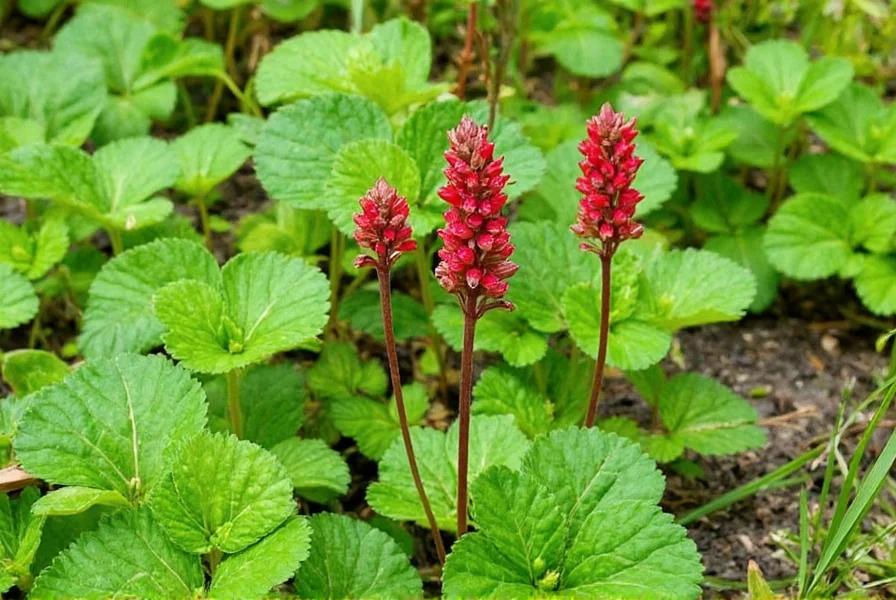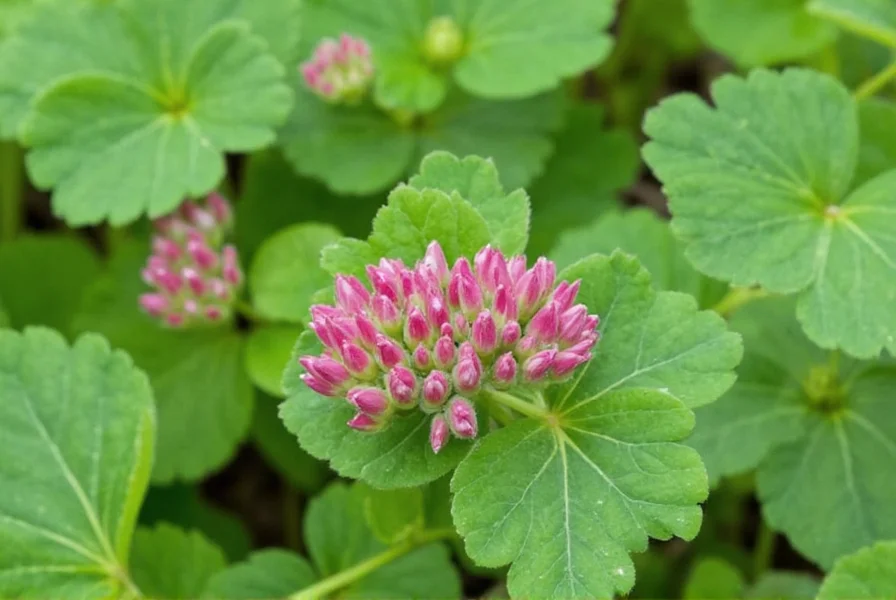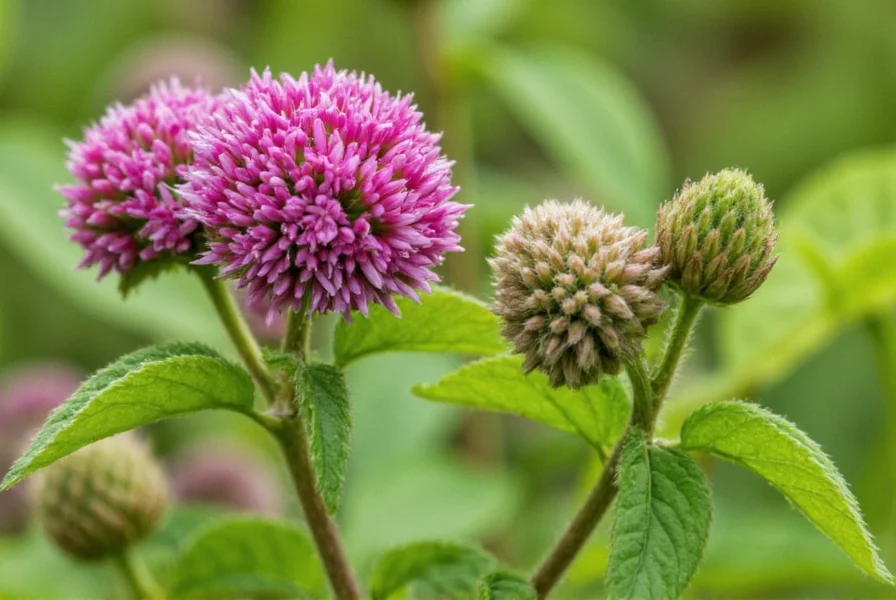Crimson clover seeds offer gardeners and farmers an effective solution for improving soil health while supporting biodiversity. This vibrant flowering plant establishes quickly, producing striking crimson blooms that attract bees and other beneficial insects. Unlike perennial clovers, crimson clover completes its life cycle within one growing season, making it ideal for temporary cover cropping systems.
What Makes Crimson Clover Unique Among Cover Crops
Among the various clover species available, crimson clover stands out for its rapid growth and distinctive appearance. The plant features upright stems reaching 1-2 feet tall with deep taproots that break up compacted soil. Its dark green trifoliate leaves provide excellent ground cover, while the characteristic crimson flower heads develop in late spring.
Unlike white clover which spreads via stolons, crimson clover grows as a single-stemmed plant that doesn't persist through winter in most climates. This annual nature makes it particularly valuable as a "green manure" crop that can be easily terminated before planting main crops. When incorporated into soil, crimson clover adds significant organic matter and releases approximately 70-150 pounds of nitrogen per acre.

Soil Health Benefits of Crimson Clover Seeds
Planting crimson clover seeds delivers multiple soil health improvements that benefit subsequent crops. The plant's nitrogen-fixing ability comes from symbiotic bacteria (Rhizobium) that form nodules on its roots. This natural process reduces the need for synthetic fertilizers in sustainable farming systems.
Research shows crimson clover cover cropping can increase soil organic matter by 0.5-1% annually when managed properly. The extensive root system improves soil structure by creating channels for water infiltration and air movement. These channels remain after termination, benefiting the root development of following crops.
| Planting Time | Soil Temperature | Germination Time | Flowering Period |
|---|---|---|---|
| Early fall (August-September) | 50-75°F (10-24°C) | 7-14 days | April-May |
| Late winter/early spring | 45-70°F (7-21°C) | 10-21 days | May-June |
Optimal Planting Conditions for Crimson Clover Seeds
For successful establishment of crimson clover seeds, consider these critical factors. The ideal soil pH ranges from 6.0 to 7.0, though the plant tolerates slightly acidic conditions down to pH 5.5. Well-drained loamy soils produce the best results, but crimson clover adapts to various soil types except heavy clay or poorly drained areas.
Timing your crimson clover seed planting depends on your climate zone. In northern regions, plant in late summer to early fall (August-September) to allow 6-8 weeks of growth before frost. Southern growers can plant as late as November. For spring planting, sow as soon as soil can be worked, typically when soil temperatures reach 45°F (7°C).
When determining how to plant crimson clover seeds, use a seeding rate of 15-20 pounds per acre when drilling, or 20-25 pounds per acre when broadcasting. Plant seeds at 1/4 to 1/2 inch depth—deeper planting reduces germination success. For small garden applications, use approximately 1 pound of crimson clover seeds per 1,000 square feet.
Managing Crimson Clover Through Its Life Cycle
Once established, crimson clover requires minimal maintenance. The plant needs about 1 inch of water per week during establishment, but becomes relatively drought-tolerant once rooted. Avoid overwatering, as excessive moisture promotes disease. Crimson clover typically doesn't require supplemental nitrogen, but may benefit from phosphorus and potassium if soil tests indicate deficiencies.
Monitor for potential issues like clover root weevils or fungal diseases such as powdery mildew, though crimson clover generally experiences fewer pest problems than other legumes. The plant naturally suppresses weeds through dense growth, reducing the need for cultivation once established.
Termination timing significantly impacts benefits. For maximum nitrogen contribution, terminate when 10-20% of plants have bloomed. Earlier termination makes incorporation easier but reduces nitrogen yield. Use mowing, rolling, or herbicides for termination, depending on your farming system. Allow 2-3 weeks between termination and planting your next crop to prevent nitrogen tie-up.

Practical Applications of Crimson Clover Seeds
Gardeners planting crimson clover seeds in vegetable beds improve soil structure while suppressing weeds between crop rotations. The plant works particularly well following heavy-feeding crops like corn or tomatoes. For homeowners, crimson clover makes an attractive, low-maintenance alternative to traditional lawns in partial shade areas.
Farmers using crimson clover seeds as a cover crop before cash crops like corn or cotton see yield increases of 5-15% due to improved soil conditions. The plant's ability to scavenge residual nitrogen reduces leaching and makes nutrients available for subsequent crops. In orchards and vineyards, crimson clover serves as a living mulch that controls erosion on slopes while attracting beneficial insects.
Wildlife managers value crimson clover seeds for creating pollinator habitats and providing high-protein forage for deer and other wildlife. The nectar-rich flowers support honeybee colonies, with some beekeepers reporting improved honey production when crimson clover is in bloom nearby.
Comparing Crimson Clover to Other Cover Crop Options
When selecting cover crop seeds, understanding the differences between options helps determine the best fit for your needs. Crimson clover establishes faster than red clover but doesn't persist as long. Compared to hairy vetch, crimson clover produces less biomass but fixes nitrogen more efficiently in cooler temperatures.
Unlike annual ryegrass which requires careful termination management, crimson clover naturally winter-kills in most northern climates, simplifying spring planting. When comparing crimson clover seeds to white clover, note that crimson grows taller with more upright growth habit, making it better suited as a short-term cover crop rather than a permanent pasture component.
Troubleshooting Common Crimson Clover Challenges
Poor germination of crimson clover seeds often results from planting too deep or in overly dry conditions. Ensure proper seed-to-soil contact and maintain moisture during establishment. If plants appear yellow, this may indicate inadequate inoculation—always use crimson clover-specific inoculant when planting.
Winterkill can occur in regions with severe cold and little snow cover. For more reliable overwintering in northern zones, consider planting crimson clover seeds in mixtures with more cold-hardy species like rye. In wet springs, watch for root rot diseases and adjust termination timing accordingly.











 浙公网安备
33010002000092号
浙公网安备
33010002000092号 浙B2-20120091-4
浙B2-20120091-4